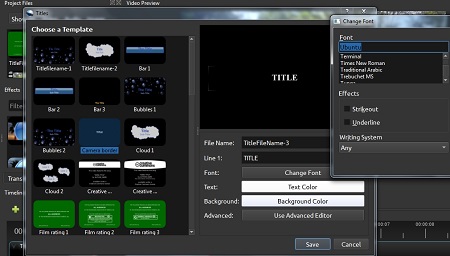

Alternatively you can go to File and then Choose Profile.Ī pop up window will appear. To do this, go to the Choose Profile icon in the top menu bar. Unless those are the settings you’re after, you’ll need to change it. The default project settings are in the name of your Untitled Project How To Set Up a Project in OpenShotĪt the top of your screen, you’ll see the default on a new project is 720p 30 frames per second.

Once you’ve got the interface sorted, the next step is to set up the project. You can drag and move the windows to customize the interface But you can customize the interface to suit your computer screen. So we like to make the preview window bigger. You can also pick up and resize the different windows. By changing to Advanced View you’ll be able to easily access Properties and Effects windows You can close them by hitting the X button. Once you’ve enabled Advanced View, the Properties area will always be visible on the left and the Effects will always be visible on the right. Then go to Views and select Advanced View. To do this, go to View in the top menu bar. Now before we get started with editing, one thing we like to do in OpenShot is change the interface view.



 0 kommentar(er)
0 kommentar(er)
